Coronoid process fracture
Citation, DOI, disclosures and article data
At the time the article was created Alexandra Stanislavsky had no recorded disclosures.
View Alexandra Stanislavsky's current disclosuresAt the time the article was last revised Tariq Walizai had no financial relationships to ineligible companies to disclose.
View Tariq Walizai's current disclosures- Fractures of the coronoid process
Fractures of the coronoid process of the ulna are uncommon and often occur in association with elbow dislocation.
On this page:
Images:
Pathology
Mechanism
Fracture of the coronoid process is thought to result from elbow hyperextension with either avulsion of the brachialis tendon insertion or shearing off by the trochlea 1.
Classification
Coronoid process fractures have been classified into three types within the Regan and Morrey classification system 1:
type 1: avulsion of the tip of the coronoid process
type 2: fragment involving <50% of the coronoid process
type 3: fragment involving >50% of the coronoid process
The more clinically relevant and more widely adopted by orthopedic surgeon classification is introduced by O'Driscoll:
type I: involves the coronoid tip and affects approximately one-third of the coronoid process
type II: anteromedial facet involvement to a varying degree, with more medial involvement representing a more severe injury subtype
type III: involving coronoid base with disruption of more than 50% of the coronoid body
The prognostic relevance of this classification is contentious, but there is some correlation with the pattern of associated injuries: smaller fractures are more likely to be associated with the “terrible triad” pattern of injury, whereas larger fragments tend to occur with anterior and posterior fracture-dislocations of the olecranon 2.
Radiographic features
Coronoid process fractures may be diagnosed on a plain film series of the elbow, generally on a lateral or a 45° internal oblique view 4. CT is commonly necessary for fracture characterization of the fragment size, the degree of anteromedial involvement, and complex fracture-dislocation.
See also
Quiz questions
References
- 1. Regan W, Morrey B. Fractures of the coronoid process of the ulna. J Bone Joint Surg Am. 1989;71 (9): 1348-54. J Bone Joint Surg Am (abstract) - Pubmed citation
- 2. Doornberg JN, Ring D. Coronoid fracture patterns. J Hand Surg Am. 2006;31 (1): 45-52. doi:10.1016/j.jhsa.2005.08.014 - Pubmed citation
- 3. Doornberg JN, Van duijn J, Ring D. Coronoid fracture height in terrible-triad injuries. J Hand Surg Am. 31 (5): 794-7. doi:10.1016/j.jhsa.2006.01.004 - Pubmed citation
- 4. Tomás FJ. Alternative radiographic projections of the ulnar coronoid process. Br J Radiol. 2001;74 (884): 756-8. Br J Radiol (full text) - Pubmed citation
- 5. Sheehan SE, Dyer GS, Sodickson AD, Patel KI, Khurana B. Traumatic elbow injuries: what the orthopedic surgeon wants to know. (2013) Radiographics : a review publication of the Radiological Society of North America, Inc. 33 (3): 869-88. doi:10.1148/rg.333125176 - Pubmed
Incoming Links
- O'Driscoll classification of coronoid process fractures
- Elbow dislocation
- Terrible triad of the elbow
- Olecranon fracture
- CT elbow (protocol)
- MRI of the elbow (an approach)
- Elbow radiograph (checklist)
- Elbow radiograph (an approach)
- Adult elbow radiograph (an approach)
- Elbow instability
- Buttress plate
- Upper extremity fractures
- Ulnar coronoid process fracture with ligament and nerve injuries
- Coronoid process fracture
- Coronoid fracture - elbow
- Coronoid process fracture
- Radial head and coronoid process fractures
- Coronoid fracture
- Coronoid process fracture
- Coronoid process fracture
- Coronoid process fracture
- Terrible triad of the elbow
- Coronoid process fracture
- Radial head and coronoid process fractures
- Terrible triad of elbow fracture
- Normal radiographic anatomy of the elbow
- Coronoid process fracture
- Normal radiographic anatomy of the elbow
- Coronoid process fracture
- Terrible triad of the elbow
Related articles: Fractures
-
fracture
- terminology[+][+]
- fracture location
- diaphyseal fracture
- metaphyseal fracture
- physeal fracture
- epiphyseal fracture
- fracture types
- avulsion fracture
- articular surface injuries
- complete fracture
- incomplete fracture
- infraction
- compound fracture
- pathological fracture
- stress fracture
- fracture displacement
- fracture location
- fracture healing[+][+]
- skull fractures[+][+]
-
facial fractures[+][+]
- fractures involving a single facial buttress
- alveolar process fractures
- frontal sinus fracture
- isolated zygomatic arch fractures
- mandibular fracture
- nasal bone fracture
- orbital blow-out fracture
- paranasal sinus fractures
- complex fractures
- dental fractures
- fractures involving a single facial buttress
-
spinal fractures[+][+]
- classification (AO Spine classification systems)
-
cervical spine fracture classification systems
- AO classification of upper cervical injuries
- AO classification of subaxial injuries
- Anderson and D'Alonzo classification (odontoid fracture)
- Roy-Camille classification (odontoid process fracture)
- Gehweiler classifcation (atlas fractures)
- Levine and Edwards classification (hangman fracture)
- Allen and Ferguson classification (subaxial spine injuries)
- subaxial cervical spine injury classification (SLIC)
- thoracolumbar spinal fracture classification systems
- three column concept of spinal fractures (Denis classification)
- classification of sacral fractures
-
cervical spine fracture classification systems
- spinal fractures by region
- spinal fracture types
- classification (AO Spine classification systems)
- rib fractures[+][+]
- sternal fractures
-
upper limb fractures
- classification[+][+]
- Rockwood classification (acromioclavicular joint injury)
- AO classification (clavicle fracture)
- Neer classification (clavicle fracture)
- Neer classification (proximal humeral fracture)
- AO classification (proximal humeral fracture)
- AO/OTA classification of distal humeral fractures
- Milch classification (lateral humeral condyle fracture)
- Weiss classification (lateral humeral condyle fracture)
- Bado classification of Monteggia fracture-dislocations (radius-ulna)
- Mason classification (radial head fracture)
- Frykman classification (distal radial fracture)
- Mayo classification (scaphoid fracture)
- Hintermann classification (gamekeeper's thumb)
- Eaton classification (volar plate avulsion injury)
- Keifhaber-Stern classification (volar plate avulsion injury)
- upper limb fractures by region
- shoulder[+][+]
- clavicular fracture
-
scapular fracture
- acromion fracture
- coracoid process fracture
- glenoid fracture
- humeral head fracture
- proximal humeral fracture
- humeral neck fracture
- arm[+][+]
- elbow
- forearm[+][+]
- wrist[+][+]
-
carpal bones[+][+]
- scaphoid fracture
- lunate fracture
- capitate fracture
- triquetral fracture
- pisiform fracture
- hamate fracture
- trapezoid fracture
- trapezium fracture
- hand[+][+]
- shoulder[+][+]
- classification[+][+]
- lower limb fractures[+][+]
- classification by region
- pelvic fractures
- hip fractures
- Pipkin classification (femoral head fracture)
- Garden classification (hip fracture)
- American Academy of Orthopedic Surgeons classification (periprosthetic hip fracture)
- Cooke and Newman classification (periprosthetic hip fracture)
- Johansson classification (periprosthetic hip fracture)
- Vancouver classification (periprosthetic hip fracture)
- femoral
- knee
- Schatzker classification (tibial plateau fracture)
- AO classification of distal femur fractures
- Meyers and McKeevers classification (anterior cruciate ligament avulsion fracture)
- tibia/fibula
- Watson-Jones classification (tibial tuberosity avulsion fracture)
- ankle
- foot
- Berndt and Harty classification (osteochondral lesions of the talus)
- Sanders CT classification (calcaneal fracture)
- Hawkins classification (talar neck fracture)
- Myerson classification (Lisfranc injury)
- Nunley-Vertullo classification (Lisfranc injury)
- pelvis and lower limb fractures by region
- pelvic fracture
- sacral fracture
- coccygeal fracture
-
hip
- acetabular fracture
- femoral head fracture
-
femoral neck fracture
- subcapital fracture
- transcervical fracture
- basicervical fracture
-
trochanteric fracture
- pertrochanteric fracture
- intertrochanteric fracture
- subtrochanteric fracture
- femur
- mid-shaft fracture
- bisphosphonate-related fracture
- distal femoral fracture
- knee
- avulsion fractures
- Segond fracture
- reverse Segond fracture
- anterior cruciate ligament avulsion fracture
- posterior cruciate ligament avulsion fracture
- arcuate complex avulsion fracture (arcuate sign)
- biceps femoris avulsion fracture
- iliotibial band avulsion fracture
- semimembranosus tendon avulsion fracture
- Stieda fracture (MCL avulsion fracture)
- patellar fracture
- tibial plateau fracture
- avulsion fractures
- leg
- tibial tuberosity avulsion fracture
- tibial shaft fracture
- fibular shaft fracture
- Maisonneuve fracture
- ankle
- foot
- tarsal bones
- metatarsal bones
- phalanges
- classification by region
- terminology[+][+]


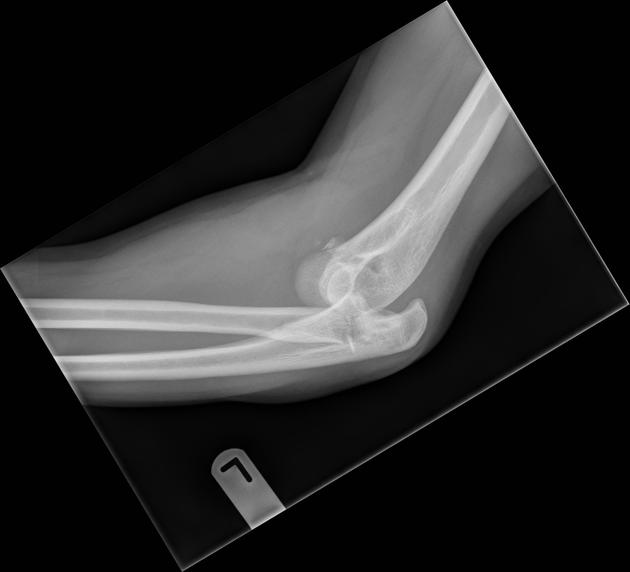


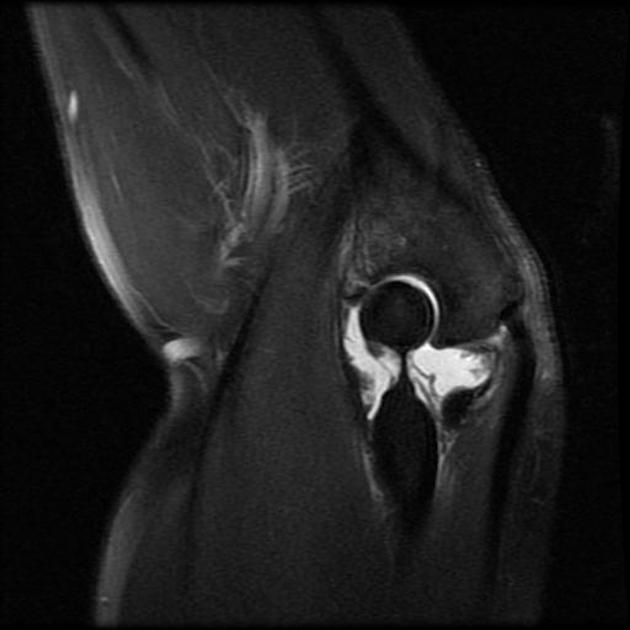
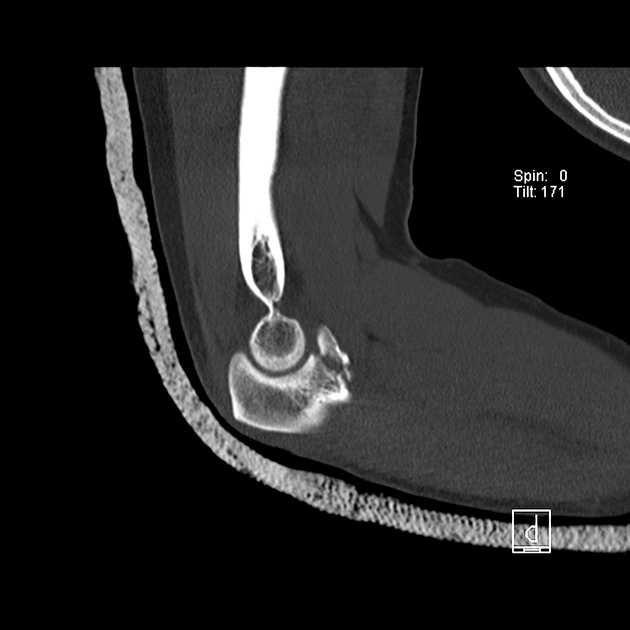
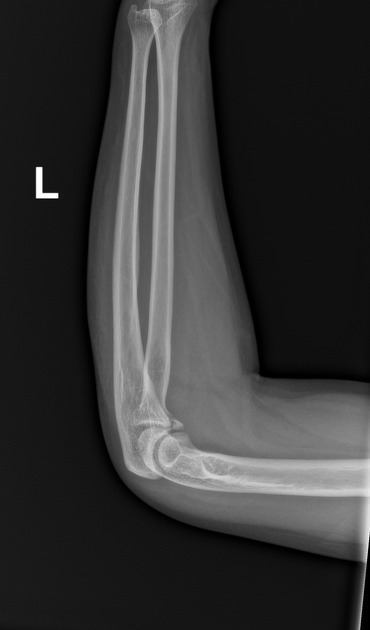
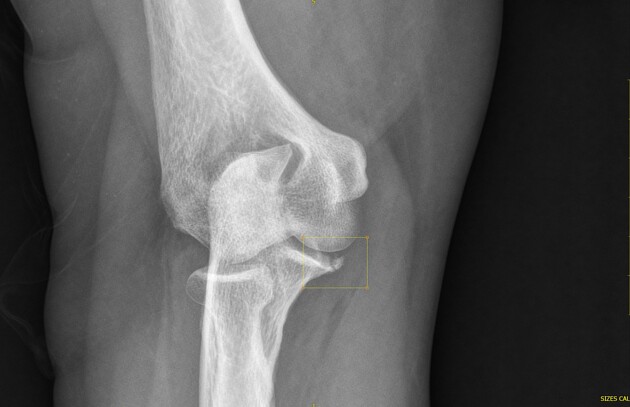


 Unable to process the form. Check for errors and try again.
Unable to process the form. Check for errors and try again.